Asset finance can be an effective way for businesses to acquire the equipment, machinery, and vehicles they need to operate and grow. However, like any form of financing, asset finance comes with the risk of default. In this blog post, we’ll explore what asset finance is, the risks of default, and what business owners need to know to mitigate those risks.
What is Asset Finance?
Asset finance is a type of lending that uses assets, such as equipment, machinery, and vehicles, as collateral for a loan. The lender owns the asset until the loan is fully repaid, at which point ownership transfers to the borrower. Asset finance can take the form of leasing, hire purchase, or refinancing existing assets.
The Risks of Default in Asset Finance
Default in asset finance occurs when the borrower is unable to make repayments on the loan. This can happen for a variety of reasons, such as a downturn in the market, unexpected expenses, or poor financial management.
Default can have serious consequences for both the borrower and the lender. For the borrower, default can result in the loss of the asset, damage to their credit score, and legal action from the lender. For the lender, default can result in a loss of revenue, increased administrative costs, and damage to their reputation.
Mitigating the Risks of Default in Asset Finance
Business owners can take several steps to mitigate the risks of default in asset finance:
Conduct a thorough risk assessment: Before taking out an asset finance loan, it’s important to conduct a thorough risk assessment. This includes assessing the potential impact of default on the business, as well as evaluating the lender’s reputation and financial stability.
Choose the right lender: Choosing the right lender is critical in mitigating the risks of default. Business owners should research potential lenders, evaluate their terms and conditions, and ensure they are reputable and financially stable.
Choose the right asset: The choice of asset is also important in mitigating the risks of default. Business owners should choose assets that are essential to their operations, have a long lifespan, and hold their value well.
Consider insurance: Business owners can also consider insurance to protect against the risks of default. This includes credit insurance, which protects against non-payment, and asset insurance, which protects against loss or damage to the asset.
Maintain the asset: Maintaining the asset is essential in mitigating the risks of default. Regular maintenance can prevent breakdowns and extend the lifespan of the asset, reducing the risk of default.
Asset finance can be an effective way for businesses to acquire the equipment, machinery, and vehicles they need to operate and grow. However, default in asset finance can have serious consequences for both the borrower and the lender. Business owners can mitigate the risks of default by conducting a thorough risk assessment, choosing the right lender and asset, considering insurance, and maintaining the asset. By taking these steps, business owners can use asset finance to their advantage and grow their businesses with confidence.
Check out our Asset Finance calculator here to see how we at Funding Bay can assist you with your asset financing needs.



